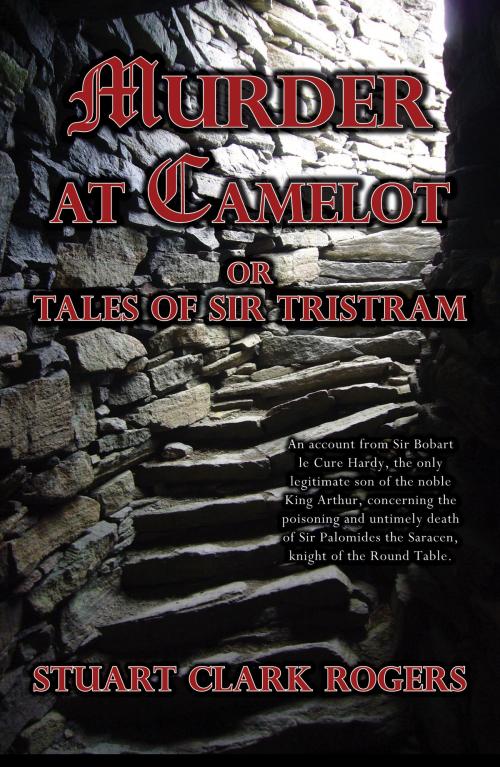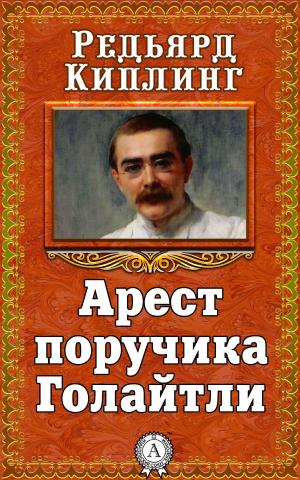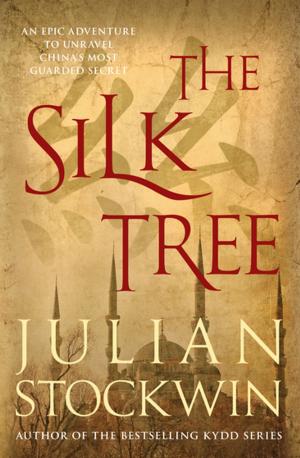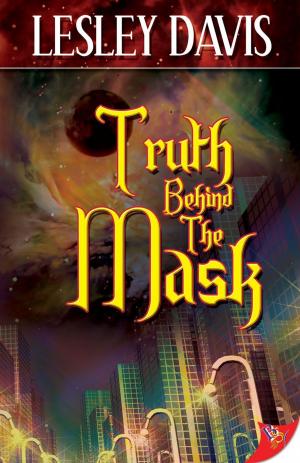| Author: | Stuart Clark Rogers | ISBN: | 9781301534210 |
| Publisher: | Stuart Clark Rogers | Publication: | June 24, 2013 |
| Imprint: | Smashwords Edition | Language: | English |
| Author: | Stuart Clark Rogers |
| ISBN: | 9781301534210 |
| Publisher: | Stuart Clark Rogers |
| Publication: | June 24, 2013 |
| Imprint: | Smashwords Edition |
| Language: | English |
This historical mystery novel is an account of a quest to solve the treacherous poisoning of a famous knight of the Round Table, presented from the unique point-of-view of King Arthur’s only legitimate son, Sir Bobart le Cure Hardy (or the Hardy Heart) who is something of an anachronism: An empathetic youth, more a romantic than a Dark Age warrior, who tries to cope with a brutal world, and life among men driven to bully and slaughter one another for recreation and profit.
To the traditional Arthurian elements of conflict, lust, and betrayal are added an audacious murder, a bit of practical philosophy, and historical accuracy. Revolving around the legendary romance of Tristram and Isoud, the story begins 121 years after Roman legions left Britain when Saxons, Angles, Frisians, and Jutes are invading from the east and south, Northmen and Picts from the north, and Scots from the west to threaten what remains of civil order, domestic peace, and the national religion of Christianity.
In June of 531 AD, at the Feast of Pentecost, King Arthur’s court is gathered in the great Feasting Hall at Camelot. Suddenly, Sir Palomides – a Saracen brought to Britain as a slave but now one of Arthur’s most dreaded knights – pitches forward face-first in his trencher, stone dead. Sir Galahad, son of Sir Launcelot of the Lake, is a prime suspect, but Sir Bobart and his tutor Merlin determine how Sir Palomides was poisoned, and release Sir Galahad from the king’s dungeon.
Merlin suggests Sir Bobart reject the lifestyle of the “colossal bullies” of the Round Table, and encourages him to search for truth and beauty in preference to deadly duels. Thus, a series of interviews with knights and squires begins, and intriguing tales of chivalric love, treason, and battle unfold. As facts accumulate, a darkly different personality of the victim appears, and numerous murder suspects emerge. Although three attempts are made on his life during his investigation, Sir Bobart persists to discover a complex of lust, jealousy, and cultural conflict in the context of a bitter rivalry between Sir Palomides and Sir Tristram of Liones for the love of Queen Isoud the Beautiful, wife of the King of Cornwall.
After an adventure-filled quest to gather incriminating information, Sir Bobart returns to Camelot to make his accusation, he is consequently challenged to trial by mortal combat, and a bloody battle ensues with a surprising conclusion. The story ends with Sir Bobart being praised by great knights before the court, and being assured at last that his parents are truly proud of him.
Readers are presented throughout the story with paradoxes: Are the knights of the Table noble heroes or savage bullies and serial killers? Are Saracen warriors liars and traitors, or merely misunderstood? Is King Arthur an ideal ruler or a cruel tyrant? Sir Bobart is similarly beset by questions of religion, science, and social relationships, torn between a violent warrior code and his preference for music, poetry, philosophy, and the wooing of beautiful young women. He evolves in the course of the novel from a privileged innocent to an inductive thinker capable of great generosity of spirit, and finally a man with the self-confidence to defy his tormentors, confront a murderer, and face trial by mortal combat. Readers may make up their own minds as to whether Sir Palomides the Saracen demonstrated significantly different behavior than King Arthur’s British and Frankish knights, whether the tales about him were biased by ethnic prejudice, or whether he richly deserved his fate.
Murder at Camelot is aimed at readers who enjoy a novel based on factual evidence that stimulates their reflective thinking. Scrupulously researched for accurate portrayals of geography, architecture, fashion, foods, and arms, here is a distinctive new twist to the enduring saga of the heroes of the Golden Age of King Arthur and Camelot.
This historical mystery novel is an account of a quest to solve the treacherous poisoning of a famous knight of the Round Table, presented from the unique point-of-view of King Arthur’s only legitimate son, Sir Bobart le Cure Hardy (or the Hardy Heart) who is something of an anachronism: An empathetic youth, more a romantic than a Dark Age warrior, who tries to cope with a brutal world, and life among men driven to bully and slaughter one another for recreation and profit.
To the traditional Arthurian elements of conflict, lust, and betrayal are added an audacious murder, a bit of practical philosophy, and historical accuracy. Revolving around the legendary romance of Tristram and Isoud, the story begins 121 years after Roman legions left Britain when Saxons, Angles, Frisians, and Jutes are invading from the east and south, Northmen and Picts from the north, and Scots from the west to threaten what remains of civil order, domestic peace, and the national religion of Christianity.
In June of 531 AD, at the Feast of Pentecost, King Arthur’s court is gathered in the great Feasting Hall at Camelot. Suddenly, Sir Palomides – a Saracen brought to Britain as a slave but now one of Arthur’s most dreaded knights – pitches forward face-first in his trencher, stone dead. Sir Galahad, son of Sir Launcelot of the Lake, is a prime suspect, but Sir Bobart and his tutor Merlin determine how Sir Palomides was poisoned, and release Sir Galahad from the king’s dungeon.
Merlin suggests Sir Bobart reject the lifestyle of the “colossal bullies” of the Round Table, and encourages him to search for truth and beauty in preference to deadly duels. Thus, a series of interviews with knights and squires begins, and intriguing tales of chivalric love, treason, and battle unfold. As facts accumulate, a darkly different personality of the victim appears, and numerous murder suspects emerge. Although three attempts are made on his life during his investigation, Sir Bobart persists to discover a complex of lust, jealousy, and cultural conflict in the context of a bitter rivalry between Sir Palomides and Sir Tristram of Liones for the love of Queen Isoud the Beautiful, wife of the King of Cornwall.
After an adventure-filled quest to gather incriminating information, Sir Bobart returns to Camelot to make his accusation, he is consequently challenged to trial by mortal combat, and a bloody battle ensues with a surprising conclusion. The story ends with Sir Bobart being praised by great knights before the court, and being assured at last that his parents are truly proud of him.
Readers are presented throughout the story with paradoxes: Are the knights of the Table noble heroes or savage bullies and serial killers? Are Saracen warriors liars and traitors, or merely misunderstood? Is King Arthur an ideal ruler or a cruel tyrant? Sir Bobart is similarly beset by questions of religion, science, and social relationships, torn between a violent warrior code and his preference for music, poetry, philosophy, and the wooing of beautiful young women. He evolves in the course of the novel from a privileged innocent to an inductive thinker capable of great generosity of spirit, and finally a man with the self-confidence to defy his tormentors, confront a murderer, and face trial by mortal combat. Readers may make up their own minds as to whether Sir Palomides the Saracen demonstrated significantly different behavior than King Arthur’s British and Frankish knights, whether the tales about him were biased by ethnic prejudice, or whether he richly deserved his fate.
Murder at Camelot is aimed at readers who enjoy a novel based on factual evidence that stimulates their reflective thinking. Scrupulously researched for accurate portrayals of geography, architecture, fashion, foods, and arms, here is a distinctive new twist to the enduring saga of the heroes of the Golden Age of King Arthur and Camelot.















